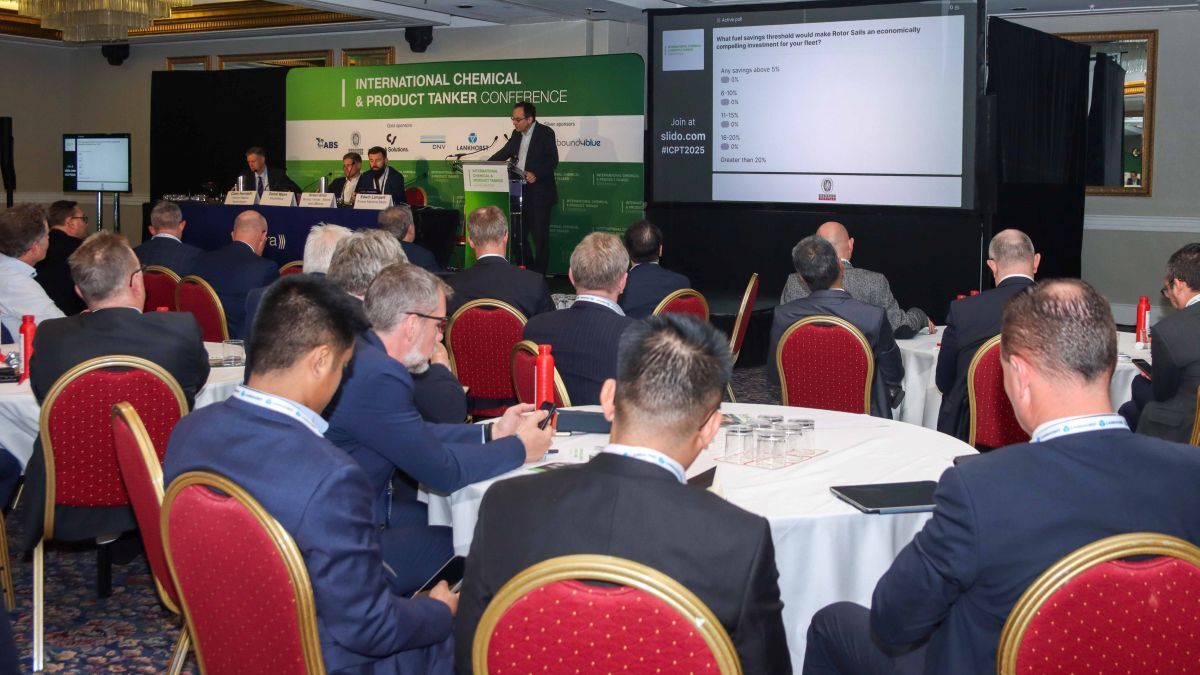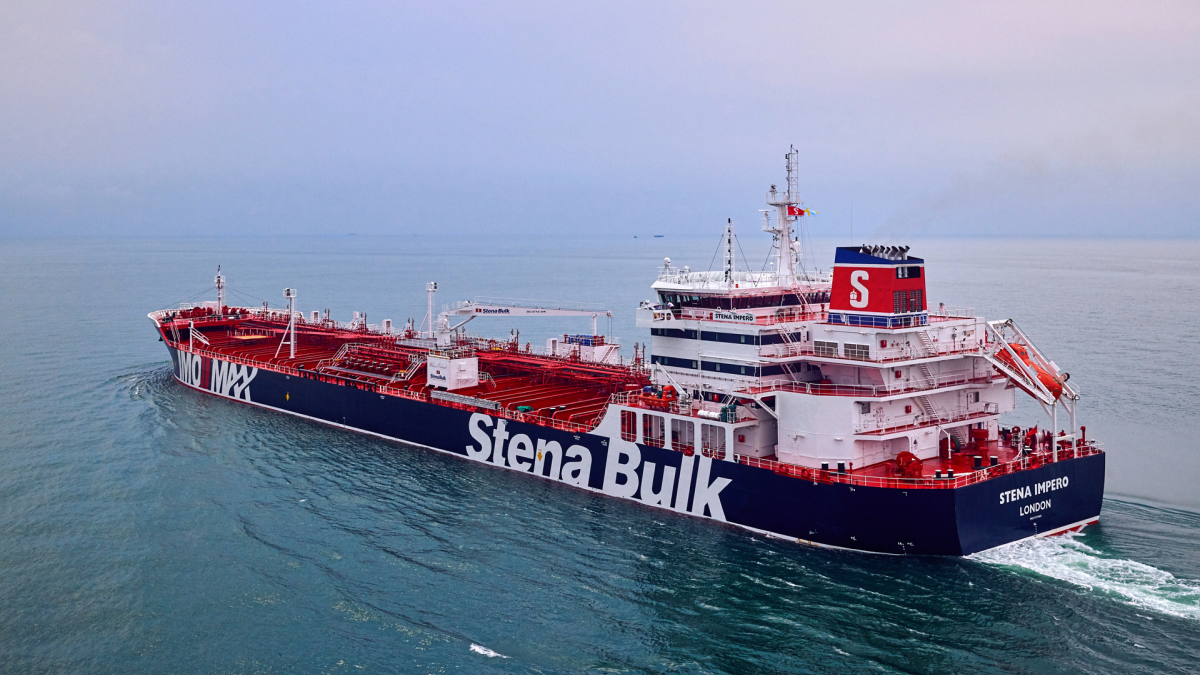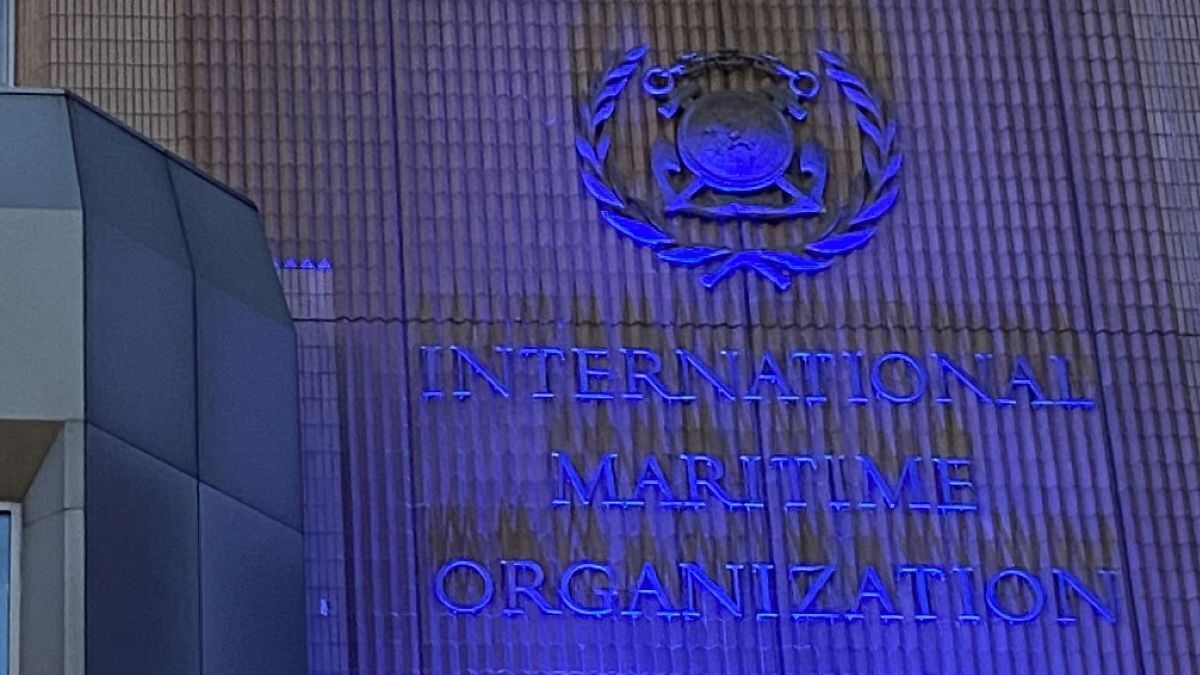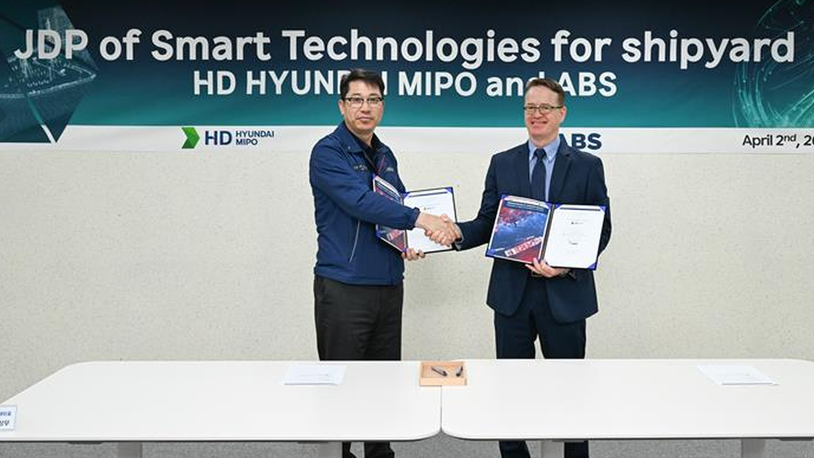Business Sectors
Events
Contents
Register to read more articles.
A few key points on the clean technology purchasing checklist
Confronted with the multi-faceted decarbonisation challenge, owners need to carefully consider clean technology retrofits, writes Silverstream Technologies chief technologist, David Connolly
Tackling fundamental vessel design efficiency is an increasingly important challenge for shipowners and operators. With regulations only set to tighten in the coming years, there has never been a better time than now to embrace the potential of retrofits to improve vessel efficiency.
In theory, adopting clean technology is one of the clearest ways to improve vessel efficiency, cut fuel use, and in turn reduce opex and emissions. However, the clean technology market can sometimes seem opaque, with prospective purchasers challenged to make decisions in the near term that will impact the vessel’s entire remaining lifespan.
Years of experience in providing a proven air-lubrication solution to shipowners and operators has enabled us to build a blueprint for clean technology retrofits. The model warrants sharing, because the industry’s decarbonisation must not be slowed or derailed by unproven emissions reduction claims leading to stranded assets.
A proven track record
It should all start with data. A proven track record of emissions reduction claims and case studies spanning each vessel type is vital. Naturally, purchasers should be sceptical of technology providers that lack transparency on performance data.
Shipowners and operators can also help move the data conversation forward by bringing strong operational data and a clear understanding of their ship’s operational profile to the table. Factoring these data points into the set will allow performance claims to be more accurate.
“Decarbonisation must not be slowed by unproven emissions reduction claims”
Claims are one factor, but owners and operators should also look for emissions savings that have been independently verified. This is often achieved when a technology goes through systematic testing phases in collaboration with class societies. It is also important to consider the performance data across the entire operational range of the vessel, not only a single point of optimisation, as well as whether that voyage was typical of how the ship is usually operated.
Exploring how the new technology will interact with other equipment and technology onboard the vessel, and supporting this with data and simulations where possible, is also key. Some technologies complement each other and create a cumulative positive impact on efficiency.
For most, the most critical factor will be the economics of retrofits. Purchasers should make sure to properly understand the payback equation given the remaining lifecycle of the vessel, looking at the total cost of ownership, including capex and opex. Systems with minimal impact on the vessel’s equipment footprint and that are easy-to-use and maintain are valuable.
When it comes to actually getting equipment onboard, efficient installation depends upon resilient supply chains. Look for technology companies that have strong supplier, OEM and local networks and relationships and have a proven track record of delivering systems on time and within budget. This is especially important for retrofits, where installation can be done during a pre-existing drydocking period, maximising trading time and profitability, but the window for installation is often narrow.
These are just a few key points on the clean technology purchasing checklist. However, hopefully they can help to give clean technology purchasers confidence in retrofitting a solution today, which will in turn support the global decarbonisation transition.
Related to this Story
Events
Maritime Environmental Protection Webinar Week
The illusion of safety: what we're getting wrong about crews, tech, and fatigue
Responsible Ship Recycling Forum 2025
© 2024 Riviera Maritime Media Ltd.














